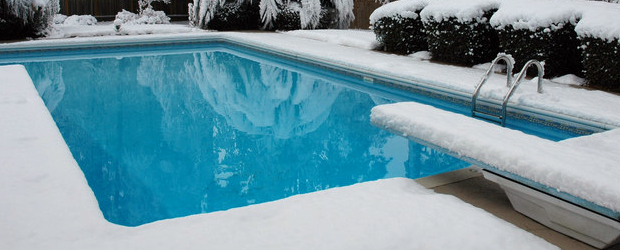The biggest difference in a swimming pool is how the basin is constructed and each has it’s own set of advantages and disadvantages.
Above the ground pools offer the least expensive option and are portable, easy to assemble for almost anyone although most consumers hire professional installers. The installation begin with levelling the ground to form a flat building surface and install the prefabricated kit. Next a perimeter track is assembled which supports the outer wall ( made of plastic, wood or metal ) sand is then spread in the pool area along with the plumbing. The last step is securing the vinyl liner to the pool walls, filling the pool with water smoothing out the liner as it fills and fastening it into place. Once the pump and filter system are connected the pool is ready to use.
Fiberglass pools are made from fiberglass reinforced with plastic molded into a basin shape. A construction crew excavates a hole, lays the plumbing, adds some sand filler and lowers the preformed pool into place. Next they level the pool, connect the plumbing and backfill the structure ( generally these types of pools are surrounded by a concrete patio area )
Vinyl lined inground pools resemble above ground pools but look like a concrete inground design. The construction crew digs a hole, assembles the metal, plastic or wood frame wall around the perimeter, the plumbing is then laid and the vinyl liner is secured to the structure wall. More affordable than a concrete inground design their lack of durability requires replacing the liner every 10 years or so.
Gunite pools are built in place once a crew has dug the hole, plumbing is installed and a framework grid of ⅜ inch steel reinforced steel ( rebar ) spaced about 10 inches apart is constructed. Then the gunite ( a dry mixture of sand and cement ) is mixed with water just before spraying a coating on the rebar with this wet concrete material. A crew then trowels the gunite smooth before applying a finishing coat a week later, these pools are extremely durable and can be built to any shape or size.
Poured concrete pools are made in a similar way but much harder to build which has seen gunite pools gaining in popularity. The key difference is rather than spraying around the rebar frames concrete is poured into conventional wooden forms around the pool fence. One last type of pool is a masonry block pool which is constructed using concrete blocks.
If you own a swimming pool, don’t forget to purchase a pool covers from Katchakid.
